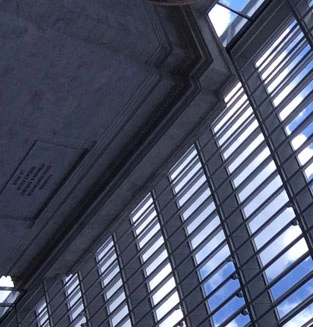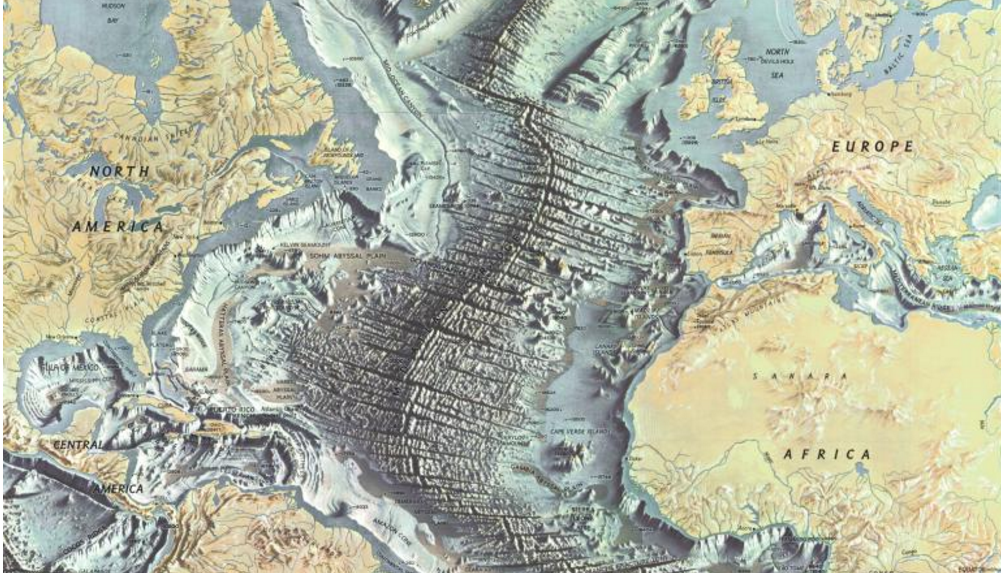In this piano composition, Variations on “Duke Street,” I used a couple techniques that fit the theme of this blog, being stretches of the musical vernacular.
Here is a recording of the piece:
The hymn tune “Duke Street” was written by John Warrington Hatton. A couple popular texts commonly sung to the tune include “Jesus Shall Reign Where’ere the Sun” and “I Know That My Redeemer Lives.” The tune is in 4/4, has a regular 8.8.8.8 meter, and commonly appears in the key of D–though sometimes in C which is the key of my variations.
The first variation is somewhat straightforward. The melody is harmonize alternatively, using a style of harmonies that maybe can be called “20th century modern.” Also, this first variation transforms the melody into 3/4. The next several variations take the melody in the original 4/4.
The second variation is a simple 2-part counterpoint with the melody unchanged in the upper voice. While the melody appears in the key of C Major, however, the second part is written in A Major. In order to get a result that isn’t harsh, I mainly kept the intervals consonant–avoiding minor seconds, for example, except in passing tones.
The third variation is a simple variation of the second variation–it takes the two voices of the second variation and flips their relationship, the upper becoming the lower and vice versa. In addition, the accompaniment voice is a more elaborated or more ornamented version of what appeared in the second variation.
The fourth variation translates the hymn tune melody into a harmony based on fourths. This reharmonization technique is basically the same that I used in my “Minuet in G, Stretched.” The melodic shape of hymn tune is the same, yet it is stretched into fourths rather than thirds. Likewise, the accompaniment is chords built upon successive fourths rather than thirds. This fourth variation is a single, arpeggiated line with the melody embedded at the top.
The fifth and final variation is in 12/8. This variation is a three-part counterpoint that uses elements from the earlier variations. The melody is in the upper-most voice, being in the stretched-fourths mode as well as being ornamented. The other two voices recreate harmonic elements from the first variation as well as motific elements from the second and third variations.
Sheet music for this composition can be found here: https://altmusiclanguages.wordpress.com/portfolio/sheet-music/















You must be logged in to post a comment.